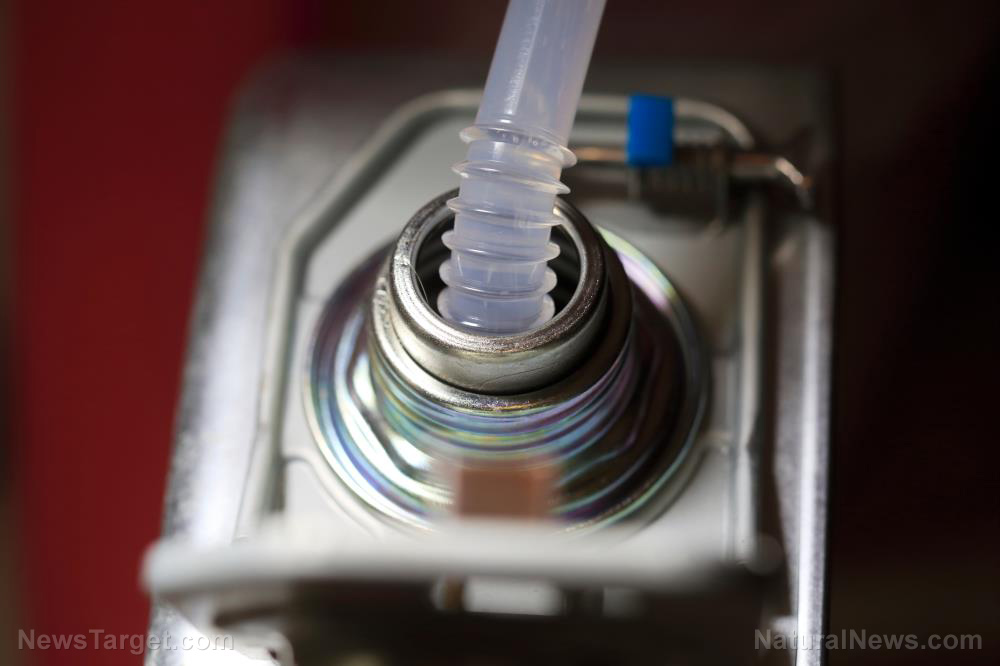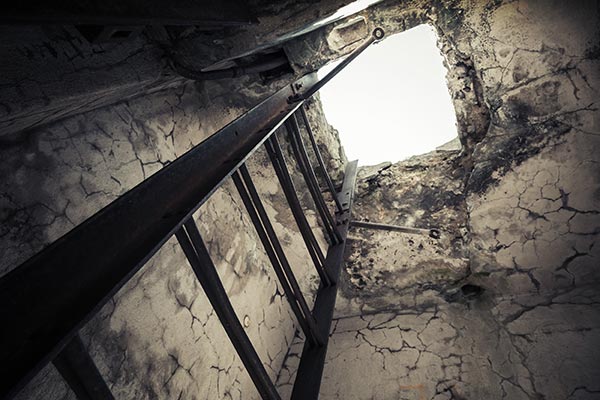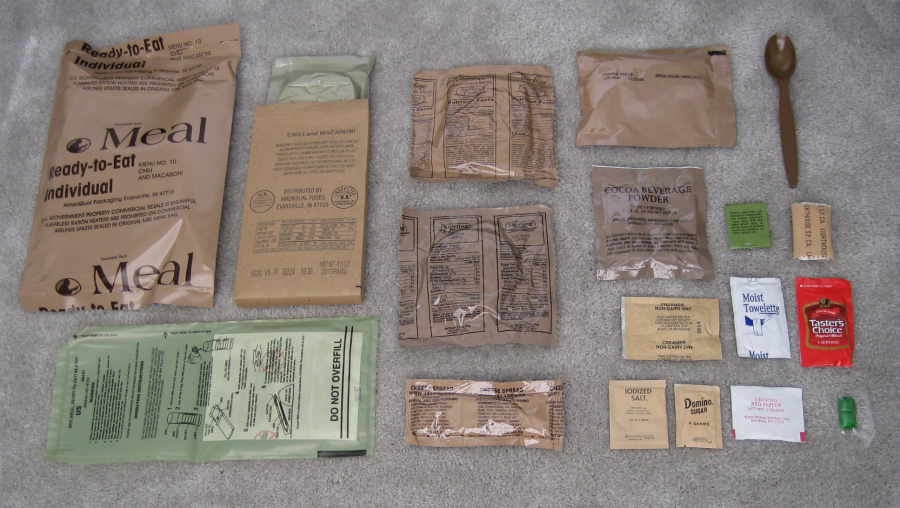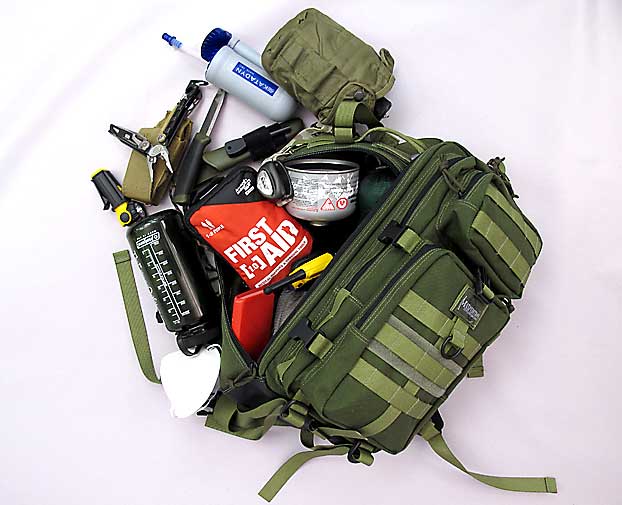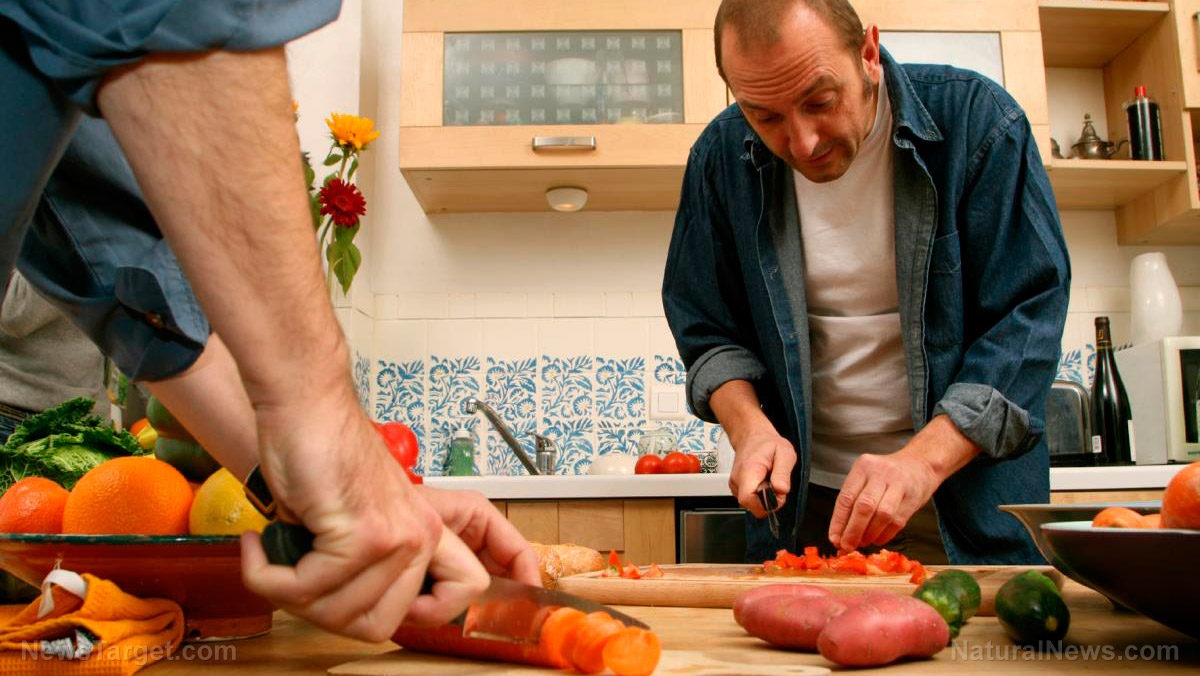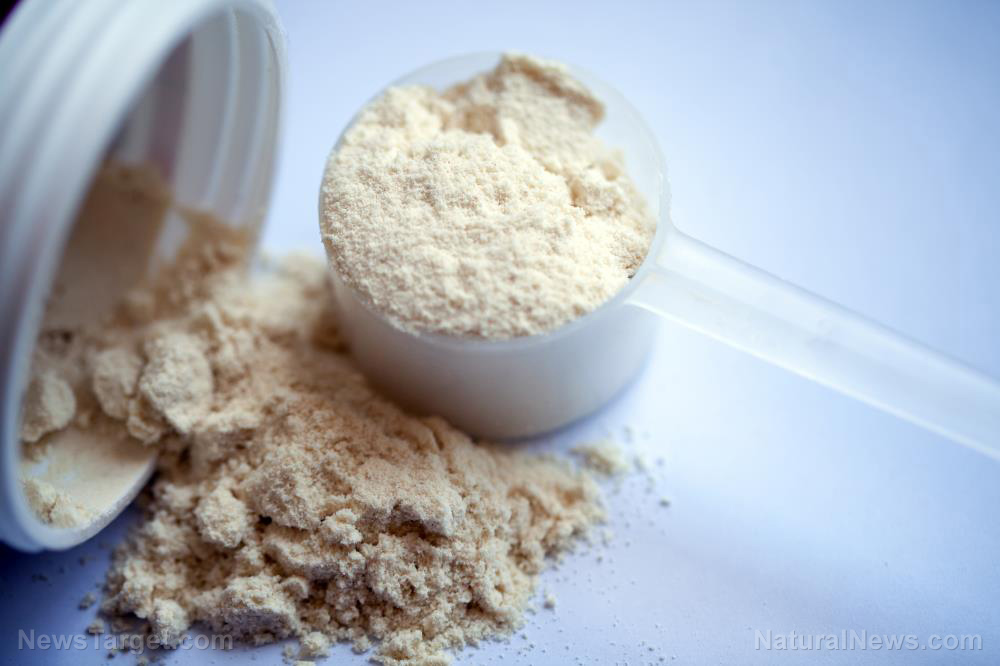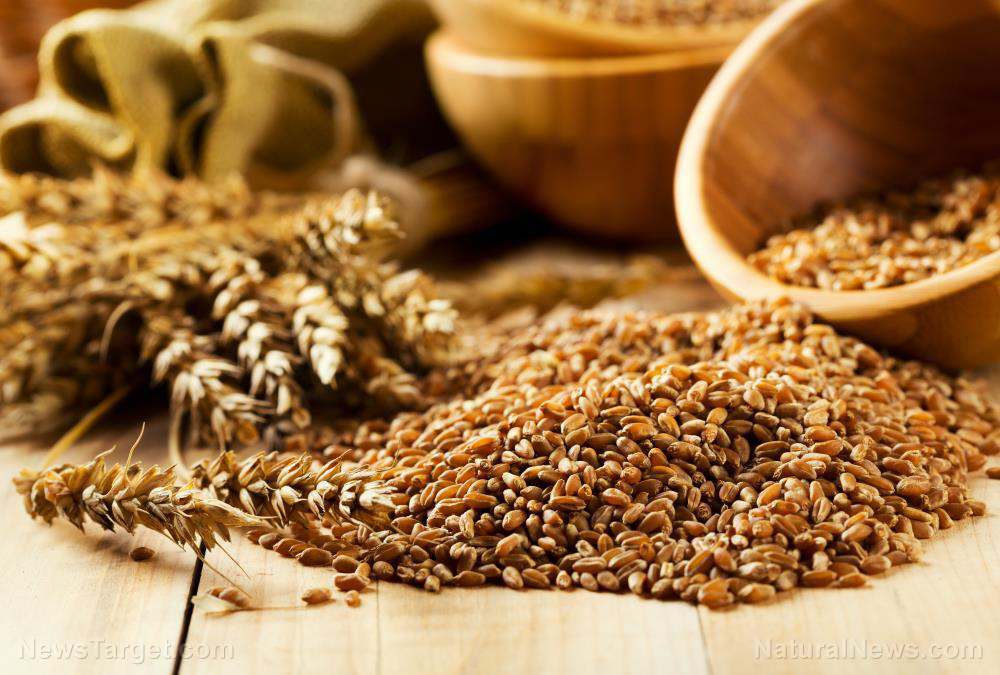Prepper projects: Root cellar design tips and mistakes to avoid
09/28/2021 / By Divina Ramirez
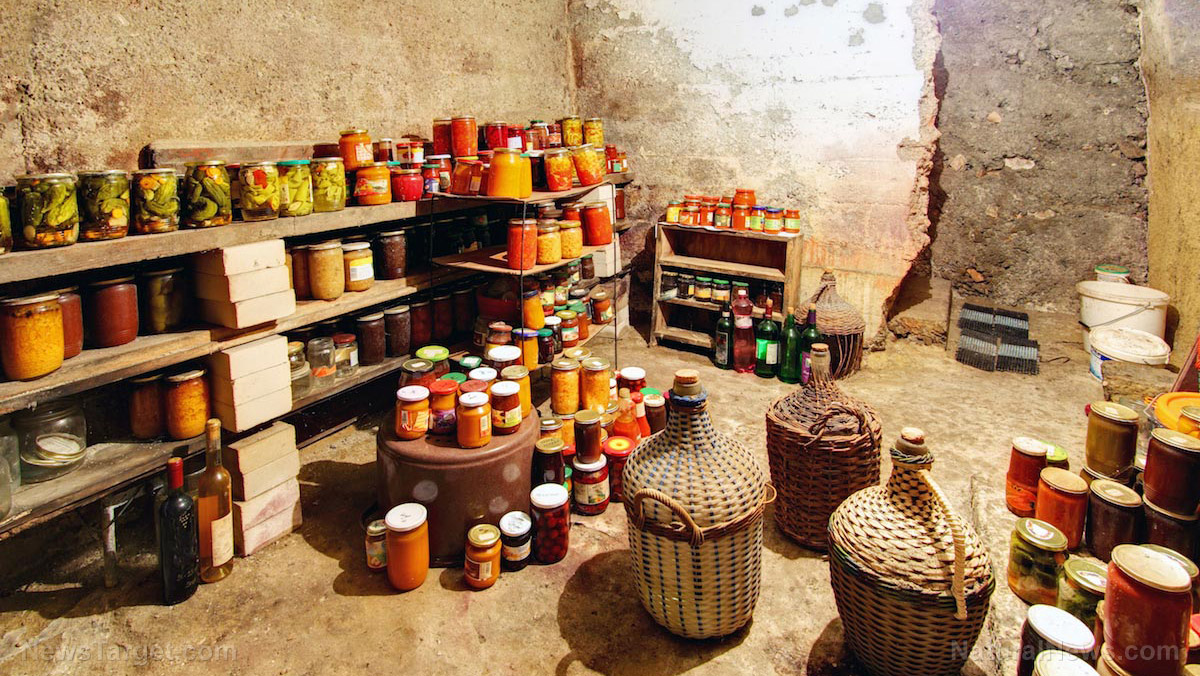
Before modern refrigeration came about, an underground root cellar was the best way to store produce, such as carrots, turnips and other root vegetables, and keep them fresh for long periods of time. This simple but effective structure has stood the test of time and continues to be used by those who grow their own food.
Technically, a root cellar is any storage location that takes advantage of the cooling and insulating properties of the earth. It’s ideal for storing fresh produce, as well as jars of canned or pickled vegetables and the bulbs of fresh flowers. Some people also use root cellars to store homemade alcoholic drinks, like wine and beer.
Aside from keeping your foods fresh, a root cellar also gives you peace of mind in that you know you’ll never lack food or be at the mercy of grocery stores in case of shortages or disasters.
Read on for tips on building your own root cellar: (h/t to CommonSenseHome.com)
Fundamentals of a root cellar
To build a successful root cellar, you’ll have to take these factors into account:
1. Ventilation
As fruits like apples and pears ripen, they emit ethylene gas. Ethylene gas can decrease the shelf life of foods by causing sprouting, yellowing and shrinking. Root cellars are usually located underground or in basements, where fresh air can’t easily get in and stale air can’t easily get out.
To prevent spoilage caused by ethylene gas, put fruits and vegetables that emit ethylene gas away from produce that absorb the gas. You should also consider installing vents in your root cellar so that air can circulate without simultaneously raising the temperature.
2. Packed earth or gravel floor
Most root cellars have a packed earth or gravel floor instead of a concrete or wooden one. That’s mainly because soil and gravel can insulate the space better and keep it at a cool temperature.
Additionally, they help keep the humidity level in the cellar high.
3. High humidity
Try to maintain high humidity levels in your root cellar. The moisture in the air is what keeps fruits and vegetables, which contain water, from drying out.
However, humid air can cause canning jar lids to rust. If you want to store canned or pickled vegetables in your root cellar, be prepared to routinely check the lids and rotate your stock. (Related: Fruits and vegetables to store in your root cellar.)
4. Darkness
Light can cause produce to sprout. This is when the seeds or roots of a fruit or vegetable grow even after it has been harvested. In most cases, sprouting causes the fruit or vegetable to take on an unpleasant bitter flavor.
To keep things nice and dark, cover any windows in your root cellar and avoid leaving the light on.
5. Shelves or containers
Wooden shelves and storage bins conduct heat more slowly than metal and don’t rust. Just avoid treated wood, and stick to those that are naturally rot-resistant.
Root cellar options
Root cellars come in many shapes and sizes. Here are some of the most common ones:
- Traditional root cellar – This root cellar is buried underground and is accessible from the outside.
- Earth berm root cellar – This root cellar is shallower than the traditional root cellar, which means part of it is above the ground. It’s usually flanked on three sides by mounds of earth and has a door facing away from the sun.
- Hole-in-the-ground cellar – This “cellar” is simply a bucket or container buried level with the soil. The bucket has holes drilled on the bottom and on the lid and is insulated with hay.
Tips for storing food in a root cellar
Here are some important tips to remember when storing food in a root cellar:
- Routinely check the condition of the produce in your root cellar. Use damaged ones immediately.
- Some vegetables require curing before storage. These include onions, garlic, winter squash and potatoes.
- Root vegetables store best if they are simply wiped clean instead of washed. If you must wash vegetables with mud residue, wipe them dry before storing them to prevent spoilage.
- Store produce that emits ethylene gas away from produce that absorbs the gas to prevent spoilage.
- Store strong-smelling vegetables away from other produce.
- Don’t allow fruits and vegetables to freeze as they will get mushy and rot quickly.
- Routinely monitor the temperature and humidity levels in your root cellar.
- Don’t open your root cellar unless you have to. Letting hot or cold air in could affect the conditions in your root cellar.
Learn about the fruits and vegetables you can store in your root cellar at FoodStorage.news.
Sources include:
Tagged Under: Collapse, Food storage, food storage methods, food supply, homesteading, off grid, preparedness, prepper, prepping, root cellar, survival, survival food, sustainable living, tips
RECENT NEWS & ARTICLES
COPYRIGHT © 2017 OFFGRID NEWS



